I Excluded My Wife From My Kids’ Core Memories—She’s Too Busy Working

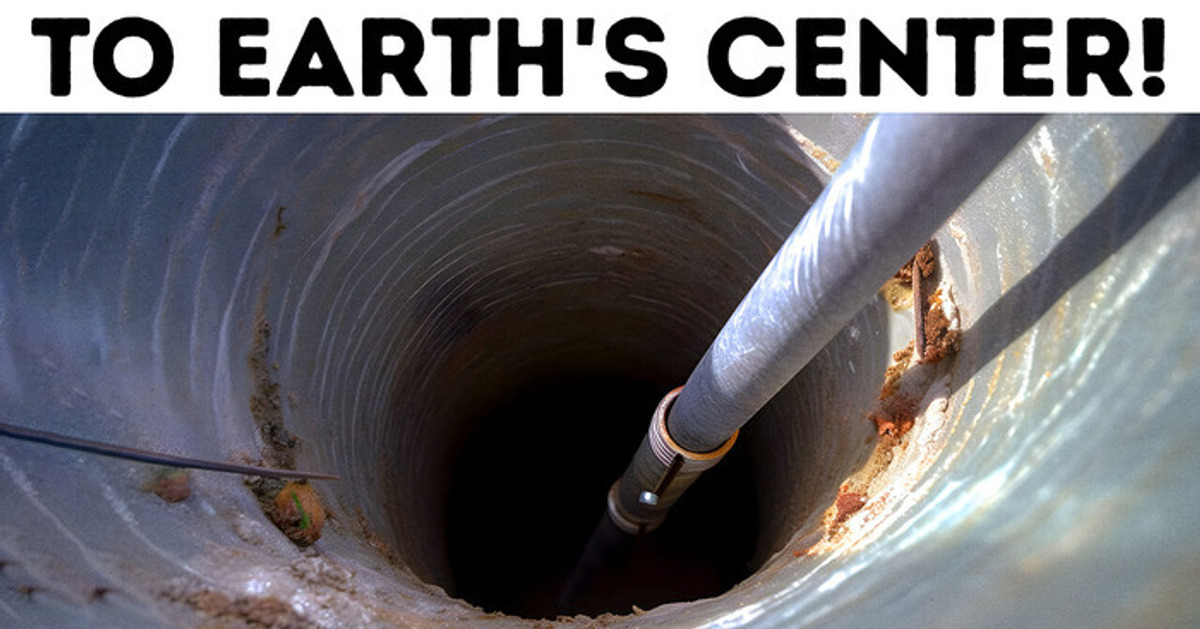
Did you use to make sandcastles at the beach when you were little? The structure had a moat, so you needed to dig deep. While holding a plastic shovel, you probably thought: How deep can I go? Well, this question motivated a group of scientists in the Far East. They have decided to dig the deepest hole in their home country [China].
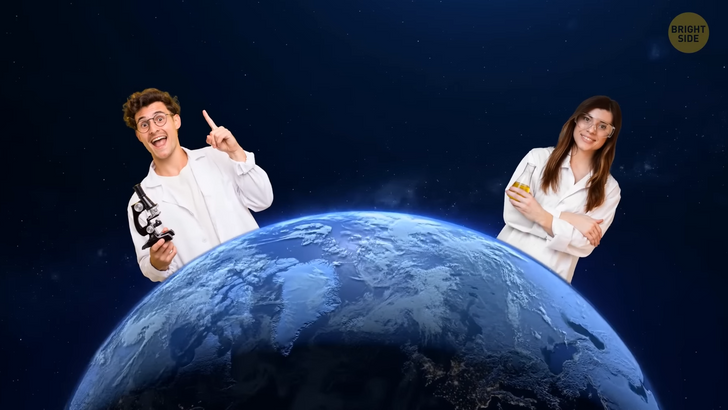
The drilling team’s goal is to reach a depth of nearly 33,000 feet. That’s about one-and-one-tenth times as deep as Mount Everest is tall. The location of the borehole is at the edge of the second-largest shifting sand desert in the world [Taklimakan Desert]. During a single day, air temperatures there can vary over a hundred degrees. The drilling rig is impressive on its own. It weighs some 550 tons and is the height of a 20-story building. And it’s pretty powerful, too. It can lift the equivalent of 120 adult elephants. These engineers aren’t kidding.
One of them compared the project to driving a big truck on two, thin steel cables. That’s why they expect the dig to last well over a year. Their ultimate goal is to drill downward through 10 layers of strata. These are horizontal layers of sedimentary rock. Sounds complicated? Just look at any exposed cliff and you’ll notice how it has stripes of different colors. These are the strata I am talking about. If we translate it from Latin to plain English, we’ll get “things that spread out.” Makes sense.
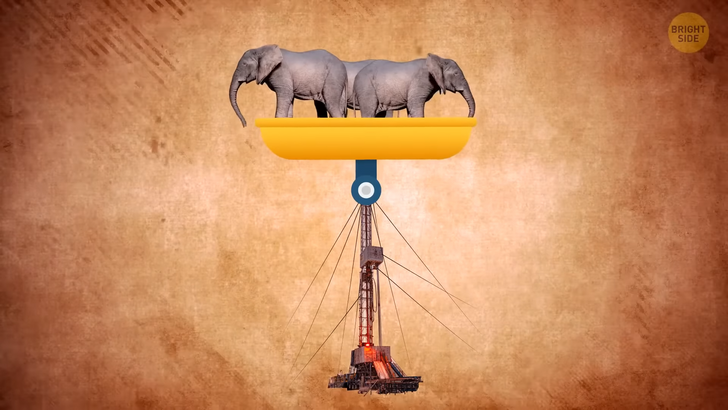
Each layer of rock represents a specific geological period. Remember Spielberg’s 1993 blockbuster, Jurassic Park? That’s just one of these geological periods. It ended some 145 million years ago. But in Central Asia, scientists won’t travel that far through time. They hope to reach the rock dating back to the Cretaceous. That’s the geological period just after the Jurassic. It lasted until some 66 million years ago. This was the time when T-Rex [Tyrannosaurus] still roamed North America.
But why mount such a complicated operation in the first place? A single goal would be a waste of funds. That’s why engineers in central Asia have several objectives. They want to explore the planet’s internal structure. This involves the search for natural resources, such as mineral deposits and oil. Another goal is to collect scientific data on earthquakes and volcanic eruptions. The information will help researchers better predict these events in the future. So, hardcore science is behind this pioneering project. But it’s not the first of its kind.
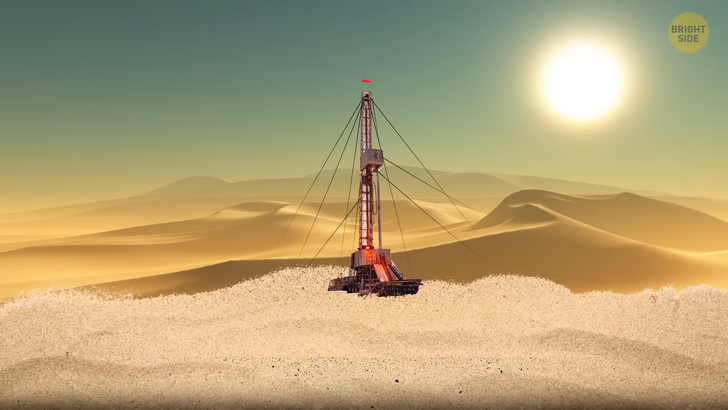
Deep in the Arctic Circle, lies the Kola Peninsula. And no, it doesn’t have anything to do with the famous beverage company from Atlanta. This Kola is a region of great natural beauty, covered in forests and lakes, and an abandoned scientific research station. Inside this crumbling building, a rusty metal cap sticks out from the concrete. It doesn’t look that impressive today, but this is the sight of the deepest manmade hole on the planet. It is over 40,000 feet deep. That’s deeper than the Marianna Trench [36,201 feet], the deepest place on Earth.
Scientists were drilling it for nearly a quarter of a century. The project started in 1970 and finally shut down in 1995. But if you travel to this region close to Norway, you wouldn’t be impressed by the shaft. It is only 9 inches in diameter. It would be impossible to fall down such a narrow opening. And despite the figures, the hole is pretty shallow on a bigger scale. You see, the drill bit went through only a third of the Earth’s crust. Let me explain. Remember those layers of strata? Yup, that’s what our planet looks like on the inside. The three layers are the crust, the mantle, and the core. The crust accounts for only 1% of Earth’s mass. And it’s some 25 miles thick. But it holds nearly all life in the known universe. The deeper you go, the hotter it gets. At the place where the crust meets the mantle [Moho], temperatures max out at 752 degrees Fahrenheit. Ouch.
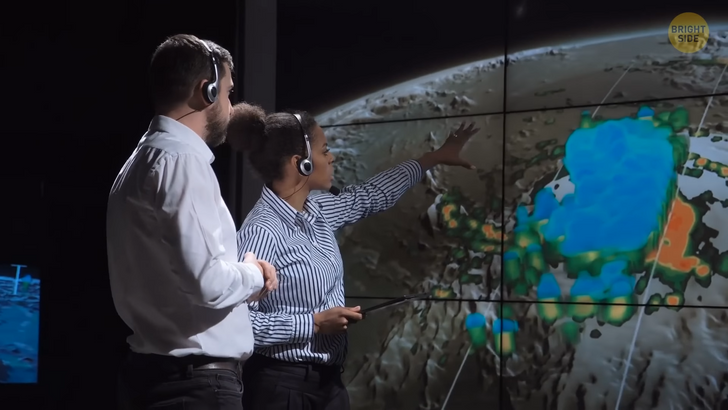
There are two types of Earth’s outermost shell: oceanic and continental. The crust is thinner under the ocean floor, so why not drill here? Well, the thinnest part is usually the deepest part of the ocean. That doesn’t mean that people haven’t tried to drill into the seabed. Americans attempted this off the coast of Mexico in 1961 [Project Mohole]. Drilling underwater was more expensive than anyone anticipated. A few meters of basalt the researchers were able to bring up cost some $40 million in today’s money. Not worth the effort, literally.
The Kola Superdeep Borehole also burned money quickly. And that wasn’t the only heat scientists had to face. The temperature at the top depth was a staggering 356 degrees Fahrenheit. That was double what the drilling team expected. Their machinery simply couldn’t operate in that heat. At this depth, rocks behaved more like plastic than rock. If they had gone deeper, the stones would have the consistency of oversized caramels.
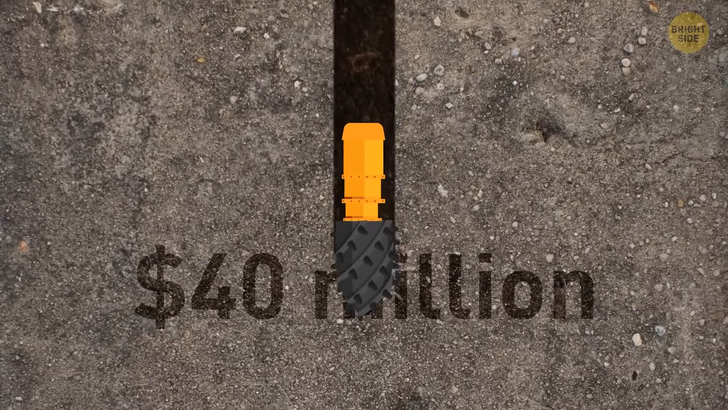
But the drilling team gave their best. They even invented a new type of drill where only the tip rotated. There was also a lubricant to smoothen the process. This simply means they pumped a lot of pressured mud into the hole. Yet, they came short. Have scientists completely given up? Not by a long shot. The Japanese built a ship [Chikyū] 20 years ago to drill through the seabed. And they have invested a hefty sum in the project: $1 billion. The mission’s goal was to drill into the Earth’s crust where it’s the thinnest. Under the ocean floor, it is less than 4 miles thick.
If the Japanese team of scientists succeeds, it will be the first time humans recovered in-situ mantle rocks. What is that? In-situ is a Latin term that simply means: in the original place. The only time we get to see what Earth’s mantle looks like is during a volcanic eruption. A plume of hot mantle rising to the surface will form a volcano. You know the rest. But where are the Japanese researchers planning to drill? After all, they have a huge ship, so it could be anywhere in Earth’s oceans. They’ve narrowed it down to three locations: Costa Rica, Hawaii, or Baha.
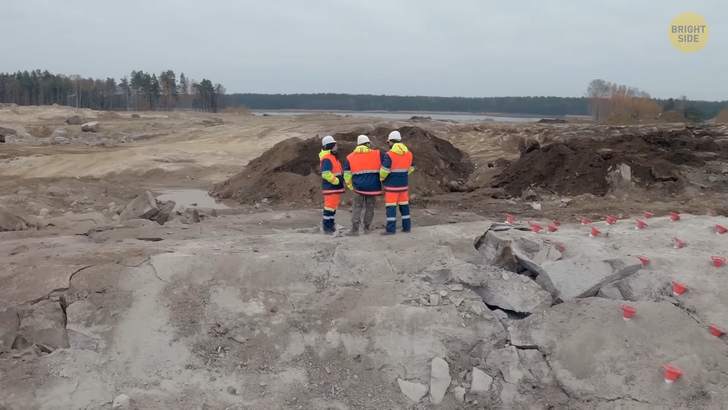
In cartoons, characters often dig up a hole and end up in another country. The idea is that since our Blue Planet is round, and you dig straight down, you’ll end up on the other side of the world. Sounds interesting, but this theory has no grounding in truth, pun intended. Science knows more about outer space than about what’s underneath our feet. And digging won’t get us far. The temperature at our planet’s inner core exceeds 10,000 degrees Fahrenheit. The best heat-resistant materials humankind has developed [tantalum carbide and hafnium carbide] can withstand around 7,000°F. Good enough for building spacecraft, but not good enough for traveling to the center of our planet.
But will Jules Verne’s famous novel [Journey to the Center of the Earth] ever become a reality? For now, we can only imagine. The vessel that would take someone to the center of the Earth would first have to have great insulation. Then, it would have to withstand a pressure 4,000 times stronger than at sea level. Let’s talk about the finances. The cost of this imaginary mission would be astronomical. The good news is that you could pay it off with what you find underground. At a certain depth [93 miles], you’ll stumble upon diamonds. They form when all that heat and pressure alter the structure of carbon [C] atoms.
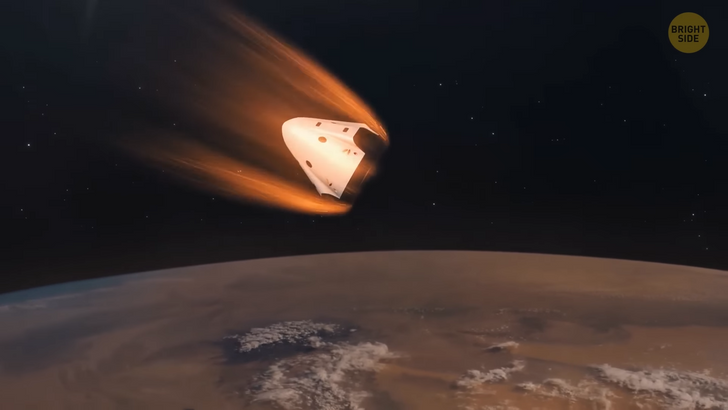
The final leg of the journey would take you through the Earth’s core. The temperature here is the same as on the surface of the Sun. And you’d be traveling through molten iron and nickel. But that’s not the weirdest fact. The outer core has low gravity. The mass of our planet would be behind you. So, the gravitational force would actually pull your vessel backward. Future travelers to the center of the Earth better have a supercharge button. That would be the only way to reach the planet’s inner core.











